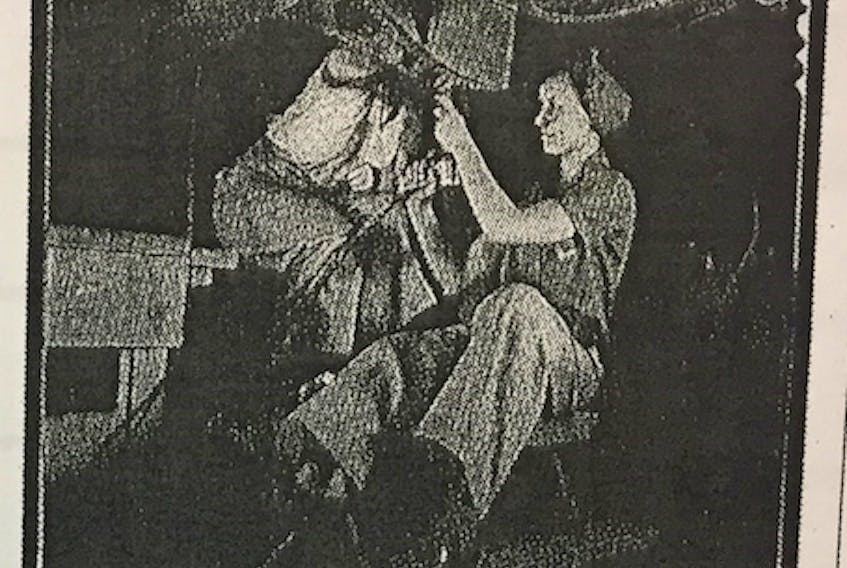My previous two “Perfect Women” articles opened our eyes to the roles women were expected to play in marriage more than a century ago. “It is his to build the home and hers to beautify" and so on, as the old saying used to go.
In the same vein, a reader sent me a “1943 Guide to Hiring Women” featured in a U.S. industry magazine during the Second World War, a period when the draft, sending thousands of men off to war, provided employment opportunities for women in supporting the war effort.
The photo from the guide shows two women at work on a bomber aircraft at the Douglas Aircraft Company, Long Beach, Cal. at the height of hostilities.
The guide really is a revealing piece of literature from the past, created to be read by “male supervisors of women in the workforce during World War II.”
What follows is a selection from the list of items in the guide.
1. “Pick young married women. They usually have more of a sense of responsibility than their unmarried sisters, they’re likely to be less flirtatious, they need work or they wouldn’t be doing it, they still have the pep and interest to work hard and to deal with the public efficiently.”
2. “When you have to use older women, try to get ones that have worked outside the home at some time in their lives. Older women who have never contacted the public have a hard time adapting themselves and are inclined to be cantankerous and fussy. It's always well to impress upon older women the importance of friendliness and courtesy.”
3. “General experience indicates that “husky” girls – those who are just a little on the heavy side- are more even-tempered and efficient than their underweight sisters.”
4. “Give the female employee a definite day-long schedule of duties so that they’ll keep busy without bothering the management for instructions every few minutes. Numerous male managers say that women make excellent workers when they have their jobs cut out for them, but they lack initiative in finding work themselves.”
5. “Whenever possible, let the inside employee change from one job to another at some time during the day. Women are inclined to be less nervous and happier with change.”
6. “Give every girl an adequate number of rest periods during the day. You must make some allowances for feminine psychology. A girl has more confidence and is more efficient if she can keep her hair tidied, apply fresh lipstick and wash hands several times a day.”
7. “Be tactful when issuing instructions or in making criticisms. Women are often sensitive; they can’t shrug off harsh words the way men do. Never ridicule a woman – it breaks her spirit and cuts off her efficiency.”
8. “Be reasonably considerate about using strong language around women. Even though a girl’s husband or father may swear vociferously, she’ll grow to dislike a place of business where she hears too much of this.”
9. “Get enough size variety in operator’s uniforms so that each girl can have a proper fit. This point can’t be stressed too much.”
Frankly, I was at a bit of a loss to know what to do with this guide, particularly so soon after my “Perfect Woman” articles; fearful that I would be seen as overdoing the topic - and be open to criticism for exploiting women’s bad press in the past.
At first reading, the hiring guide could be seen as demeaning to women of all ages. After all, it is in such contrast to how far we have come in respecting the pivotal role women now play in society.
However, once I shared the guide contents with my wife and our two teenage daughters, I was surprised that they found much of its advice to be not only sensible, but may well have been contributed in part by women of the time.
Although I can see where my wife and daughters were coming from, when I read over these guide items, I still get a queasy feeling that the guide seems to set women apart as a separate branch of the human race. They are after all our much-loved daughters, wives, mothers and grandmothers.
tag:
Alan Walter is a retired professional engineer living in Oxford. He was born in Wales and worked in Halifax. He spends much of his time in Oxford, where he operates a small farm. He can be reached at [email protected].









